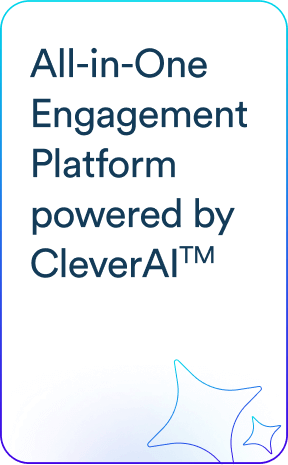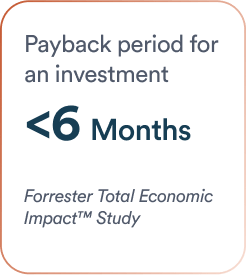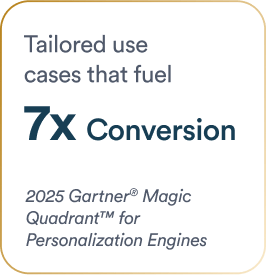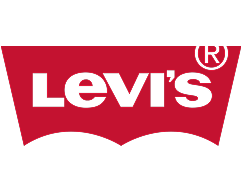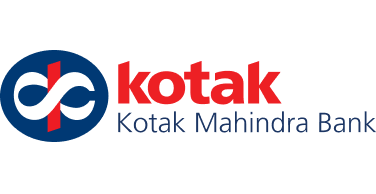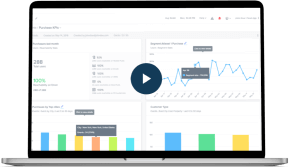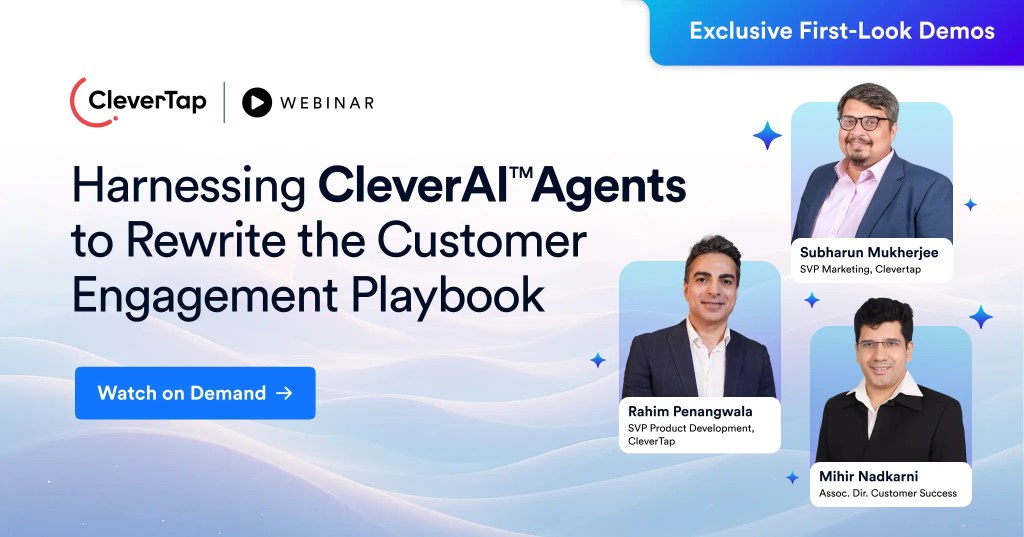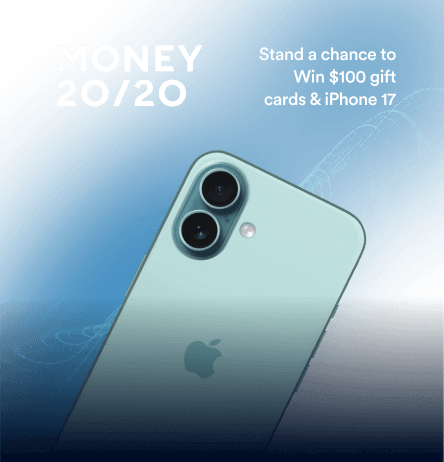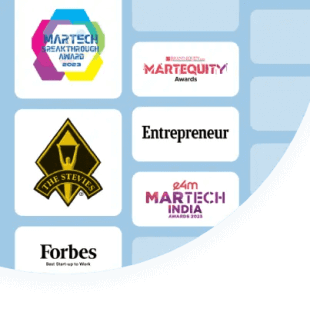Push notifications are dead. Well, as Dwight Schrute would say, “That’s debatable.”
Every couple of months, we come across a study that asserts that push notifications are annoying to customers and are even losing relevance. But let’s face it – the truth is far from that.
Just ask yourself – how many times in a day do you come across a mobile notification that you immediately click to open? For me, it’s quite a few – an important news headline that piques my interest, a discount code for the speakers I’ve added to my cart on Amazon, a dividend credit message from my bank (one of my favorites), or even a streak reminder notification from Duolingo.
But now, with AI on the scene and doing what it does best – changing the rules of every game – customers have been empowered to “pull” the information they need when they need it, rather than waiting to be “pushed” messages or going on lengthy searches for the information they seek. This shift of control towards the customers is perhaps a paradigm shift that we are right in the middle of.
However, instead of dismissing push notifications or the overarching brand-led push communication strategy as dead due to this emerging trend, it’s important to understand that each will have its unique purpose and objectives. That’s what I seek to elucidate in this blog.
Customer-Led Pull Interactions
Since it arrived in the public domain in 2022, generative AI (GenAI) has transformed how customers search for information and interact with brands. In a survey conducted by the Boston Consulting Group, 28% of respondents said that they have used AI to get personalized product recommendations, and 28% of respondents admitted using AI-based visual search to find products that match or are similar to the items they want to purchase.
I myself have significantly reduced using Google for information and instead use ChatGPT or/and Perplexity to educate myself on the topic I’m looking for. Nowadays, I always look for an assistant in the apps I use. The speed, ease, and relevance of the answers I receive have made this a default habit for me now.
Key point being – today AI has enabled users/customers to go out and find exactly what they are looking for, versus waiting to be sent brand messages.
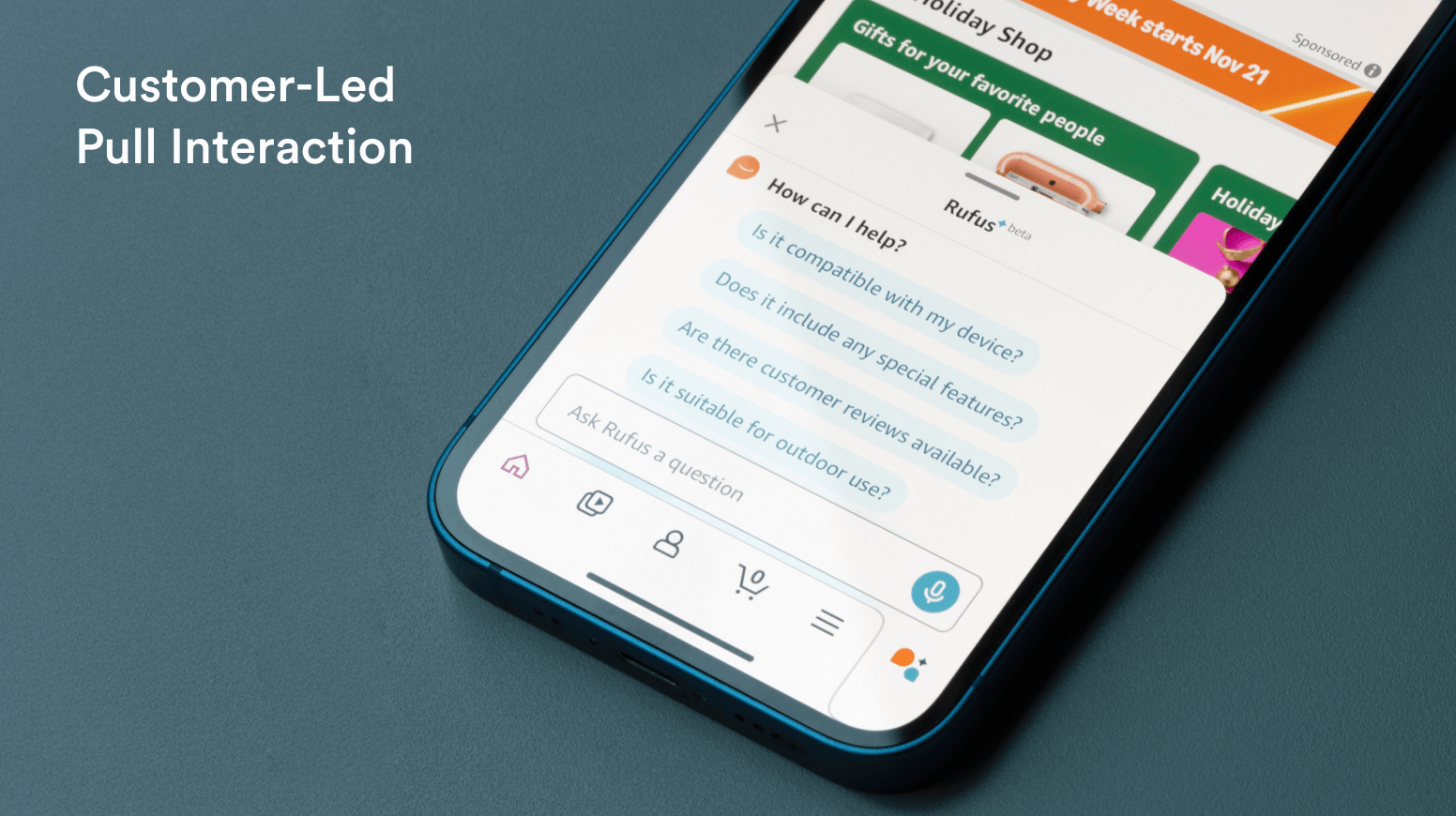
Empowering customers with the self-serve experience is not entirely new. Automated password resetting workflows using email or SMS verification, shipment tracking capabilities, the ability to manage user accounts and details such as subscriptions, shipping addresses, and payment methods, and more are all instances of companies already providing this autonomy to customers.
However, they all needed the customer/user to drive the inputs (the multiple click journey) to achieve the desired output. Layering generative and agentic AI on top of these automated workflows can reduce the level of required customer/user inputs to a 10-word prompt, and thus go a long way in further elevating customer satisfaction and experience.
It also opens up many new avenues for pull-based interaction and provides delightful experiences in real-time, which even two years ago were not possible. Think GenAI tools that can contextually translate entire websites to a different language, in minutes; or AI agents that can analyze current status of a request or audit and directly implement corrective measures on its own, or even other types of AI agents that are now capable of orchestrating entire marketing campaigns based on a 50-word prompt.
So, it doesn’t come as a surprise when social media giant Meta rolled out its own AI assistant, called Meta AI, and embedded it across its ecosystem, including Facebook, Instagram, and WhatsApp. Likewise, e-commerce behemoth Amazon released Rufus, a generative AI-powered conversational shopping assistant. Tech titan Microsoft has also launched what it calls “your everyday AI companion”, called Microsoft Copilot.
Brand-Led Push Interactions
While AI-powered, customer-led pull interactions are all the rage today, brand-led push interactions, enabled via traditional omnichannel outreach using email, SMS, push, in-app WhatsApp, and other channels, are still effective and very much required.
For instance, here are the click-through rates of brand-led push channels for the e-commerce industry in 2024:
| Channel | Click-Through Rates (CTR) |
| In-App Notifications | 28% |
| 3.9% | |
| Push Notifications – Android | 3.4% |
| Push Notifications – iOS | 2.7% |
Source: CleverTap E-Commerce Benchmark Report 2024
What’s important here is to understand that push and pull customer engagement strategies cater to different objectives.
Push-based outreach and engagement efforts are the go-to strategy for:
- Engaging prospective customers and capturing their attention by creating awareness, offering incentives, and more.
- Re-engaging existing customers when they are not on the app or website.
- Reviving dormant or hibernating customers.
- Checking for valid/active users and devices.
- Engaging with those who haven’t hitched onto the “pull” bandwagon.
Pull-based interactions, on the other hand, are ideal to engage customers when they have intent or when they are in the flow of their journey, such as when they are looking for information, personalized recommendations, or issue resolution, among other things.
The Push vs. Pull Debate
Having discussed what drives pull and push interactions, it is essential to understand what this transition from brand-led push communication to customer-led pull interaction implies for brands.
One of the major disadvantages or limitations of brand-led push communication is that the customer can choose not to engage, irrespective of how personalized, relevant, and timely the message is. But with pull interactions, it is the customer who initiates the engagement – the intent to engage is already there. Brands and marketers just need to be prepared to seize this opportunity and turn every such engagement into a meaningful and memorable experience.
Learn more about this in our ebook on the 3Is of Customer Engagement.
AI can help brands achieve this and so much more. Businesses across industries are already heavily investing in generative, conversational, and agentic AI technologies to elevate and optimize their customer engagement and service strategies. The global market size of generative AI is expected to grow from $67.18 billion in 2024 to $967.65 billion by 2032, while that of conversational AI is projected to grow from $12.24 billion in 2024 to $61.69 billion by 2032. The growth numbers for agentic AI can’t even be estimated right now, such is its potential.
By analyzing troves of customer data efficiently and accurately, these AI-powered technologies can help businesses identify trends and patterns that are not always apparent. These actionable insights enable them to improve product-market fit, understand their customers in a much more nuanced manner, anticipate their evolving needs, and consequently enhance both push and pull interactions:
- Brand-led push interactions: Hyper-personalized and real-time customer engagement efforts that truly resonate with the target audience, tailored product recommendations aligned with every customer’s unique needs, interests, and behaviors, and more.
- Customer-led pull interactions: Conversational search functionality providing instant, relevant, contextual, and human-like communication experience 24×7, streamlined customer support and services so that every customer feels seen, heard, and understood, and more.
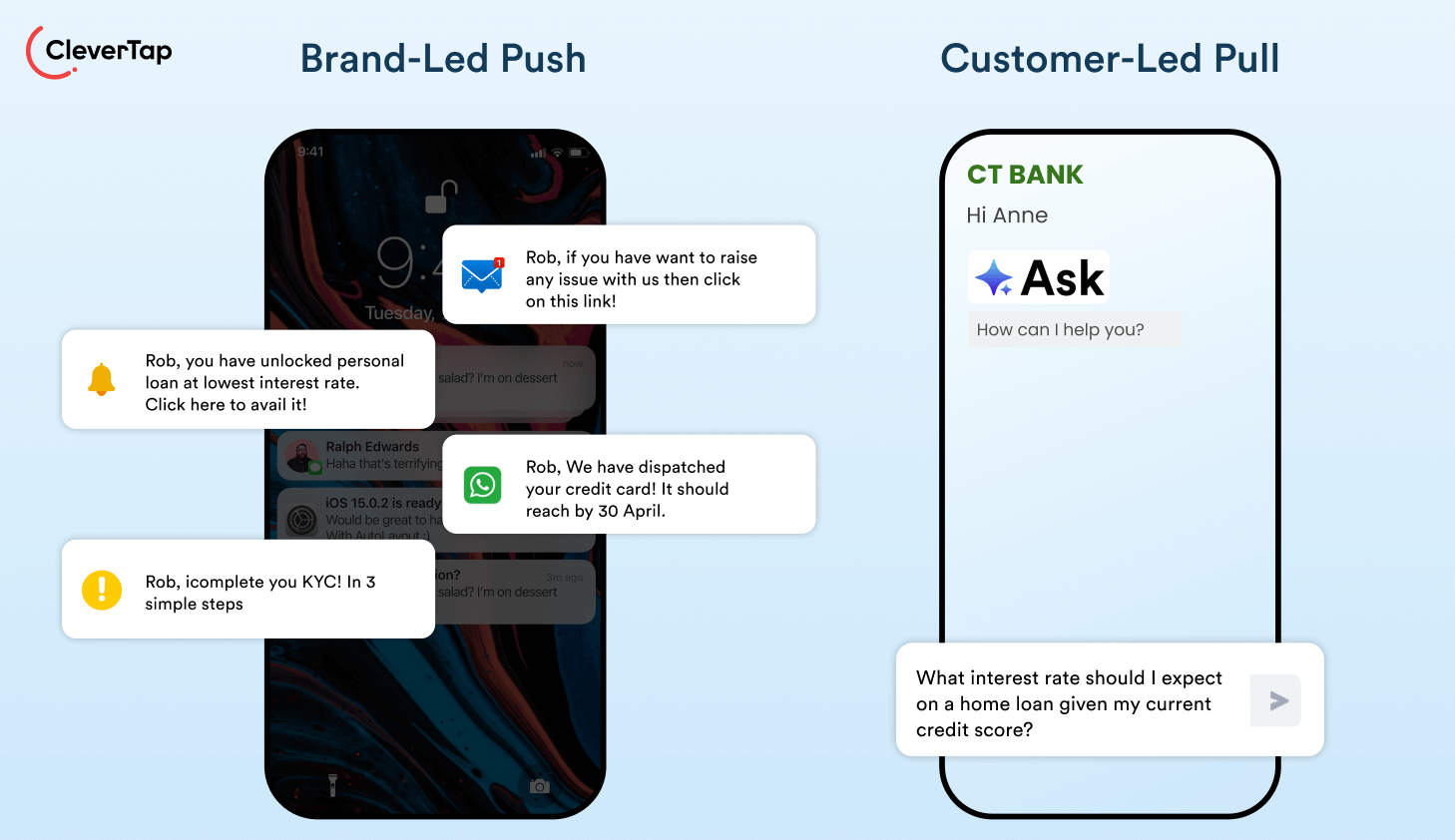
Businesses and marketers should start rethinking their customer engagement strategies and approaches to identify areas and touchpoints where they can integrate AI. Equally important is to ensure a unified approach to data by establishing a single source of truth, which captures customer data from across platforms and touchpoints to unlock actionable insights in a secure and scalable manner.
To put it concisely, the push versus pull debate is not a question of “either-or”, and instead it’s an “and”. Instead of deciding to pick one, brands and marketers need to use both for a well-rounded and more balanced customer engagement strategy. Adding trained, AI-powered chatbots, bespoke and segmented search functions, and optimized agents to the omnichannel mix can help ensure that the brands are ready to meet customers when they want and where they want.
Thriving in the AI-First Era
AI-powered, customer-led pull interactions have undeniably disrupted customer engagement models across industries. However, it is not a new tactic replacing the old one. Instead, businesses should see it as a complementary approach and include it as part of their omnichannel mix.
More importantly, while AI is one of the greatest inventions of our lifetimes, it is not a silver bullet. To use it effectively, brands should have a robust foundation for customer data and activation, customer relationship management (CRM), customer engagement, and marketing, customer, and product analytics underpinned by a customer-centric vision and values. This holistic approach will enable businesses to harness the true potential of AI and unlock limitless customer lifetime value. And with vision AI tools, autonomous agents, and even robotics likely to become mainstream in the short term, the future has just got started.
Agnishwar Banerjee 
Leads content and digital marketing.Expert in SaaS sales, marketing and GTM strategies.
Free Customer Engagement Guides
Join our newsletter for actionable tips and proven strategies to grow your business and engage your customers.

